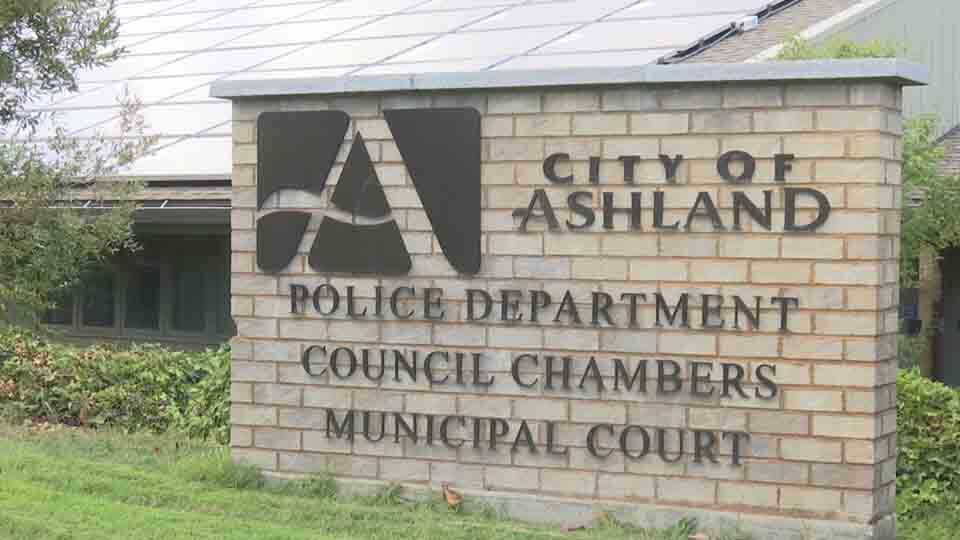Ashland Residents Invited to Contribute Input for a Homelessness Master Plan

ASHLAND, Ore. — Residents of Ashland will be given an opportunity to share their input on the city’s growing homelessness problem on Wednesday, July 3.
The Homeless Services Masterplan Subcommittee (HSMSC) will throw open the discussion for public input before finalizing its proposals to the City Council by August 5. The public meeting will start at 5.30 p.m. at 51 Winburn Way.
The Role of the Homeless Services Subcommittee
The HSMSC, a subcommittee of the Housing and Human Services Advisory Committee, was established to produce a road map of the city’s homeless response system, to identify strengths, weaknesses, and performance gaps, and to prepare a master plan to steer Ashland City’s investment in homeless services.
The 76-page draft Master Plan, compiled and edited by HSMSC member Jan Calvin, includes:
- Online and face-to-face interviews with small business owners and residents
- Comments by front-line staff members who work with the homeless
- Surveys of the homeless with the assistance of the Oregon Health and Human Sciences University’s Street Nursing Team
- Statistics at national and state level of resources available in Ashland
70 Homeless Deaths in Jackson County Since 2022
Seventy homeless people have died in Jackson County since 2022, members of the subcommittee heard when they met last week. It has not been established whether the deaths were caused by drug overdose or harsh weather.
Elaborating on this grim statistic, Jan Calvin said there are 320 homeless people in Ashland, while there are only 117 beds available for night shelter. Finding solutions to the disparities was the task at hand for the HSMSC.
Councilor Dylan Bloom, acting as a liaison officer for the city council, told the meeting that Ashland’s two main pillars of contribution to the homelessness crisis are housing and behavioral health.
Responding to member input that funding is too rigid and should become more flexible, Bloom said Ashland’s contributions should be put into context with its size. He said residents feel they are contributing more than their fair share of what the population – 21,285 according to the 2022 census – could financially support.
Bloom said homelessness is rising nationally, according to his own research. He pointed out that the temperate climate of the Pacific Northwest, together with existing social services resources, has helped to accelerate homelessness in the region.
Committee member Deb Price suggested using the information contained in the Master Plan to lobby the state for funding flexibility and improved programs.
Master Plan will Provide a Kaleidoscope of Understanding
Subcommittee Chair Echo Fields says with the help of a master plan, subcommittee members will ‘develop an understanding of the kaleidoscope of organizations and agencies from one side of the valley to the other.”
Master plan editor Calvin said finding a successful formula to deal with homelessness is dependent on accurate information, something that is presently lacking. To illustrate her point, Calvin said that the ‘point-in-time’ count, which tallies the number of homeless people nationally every January, is considered by experts to represent only about 50% of homeless populations in various areas of the country.
References
https://ashlandoregon.gov/656/Homeless-Services-Masterplan-Ad-hoc-Subc
